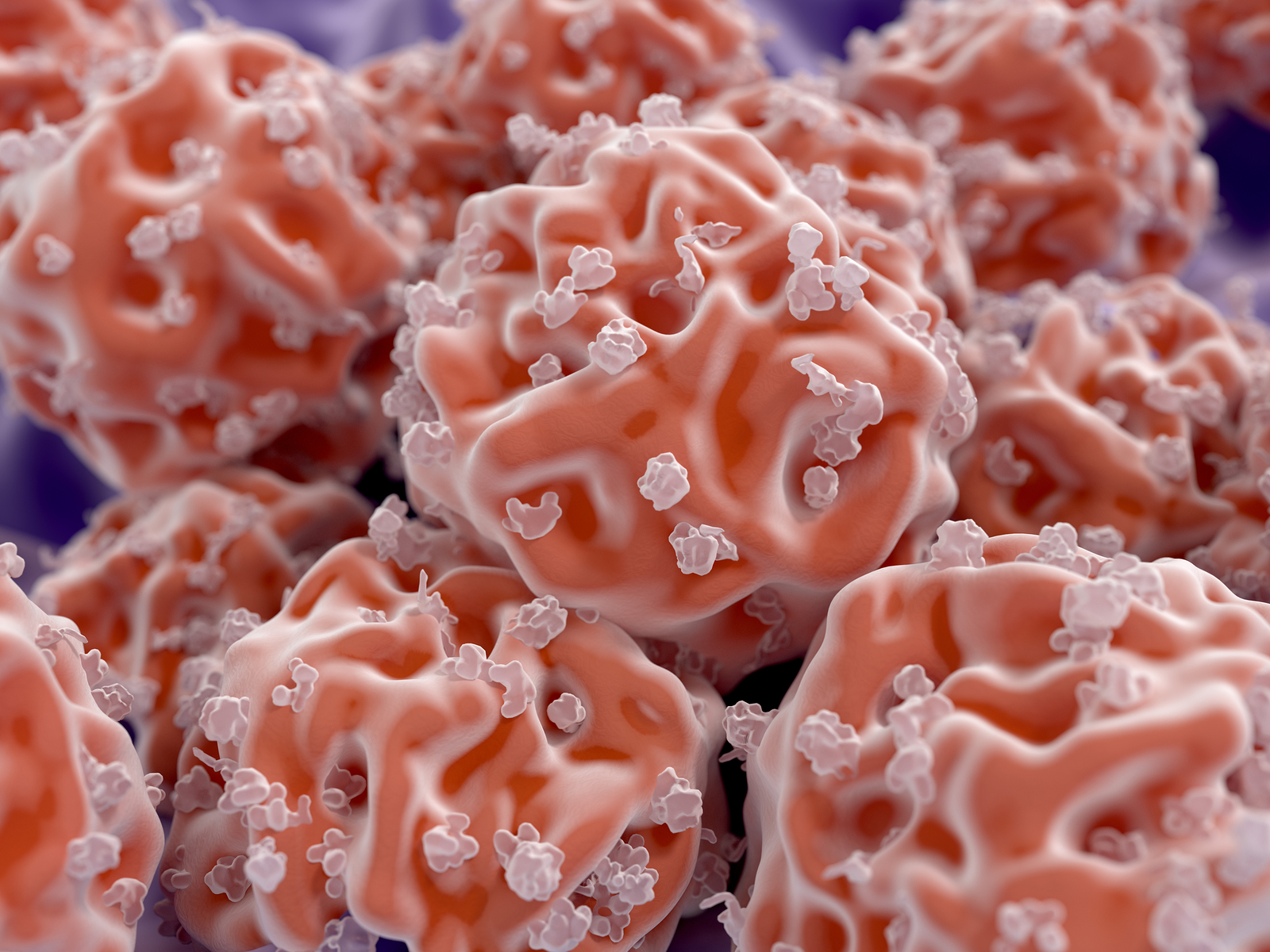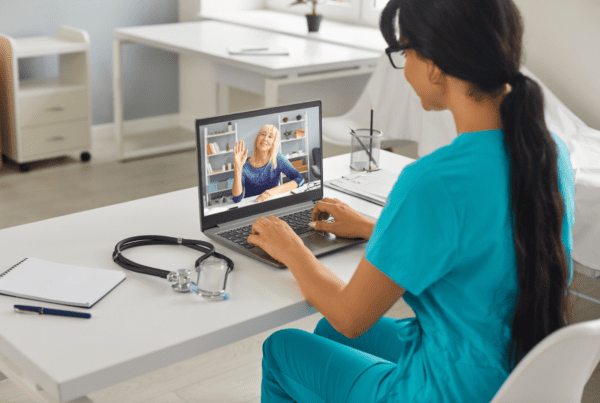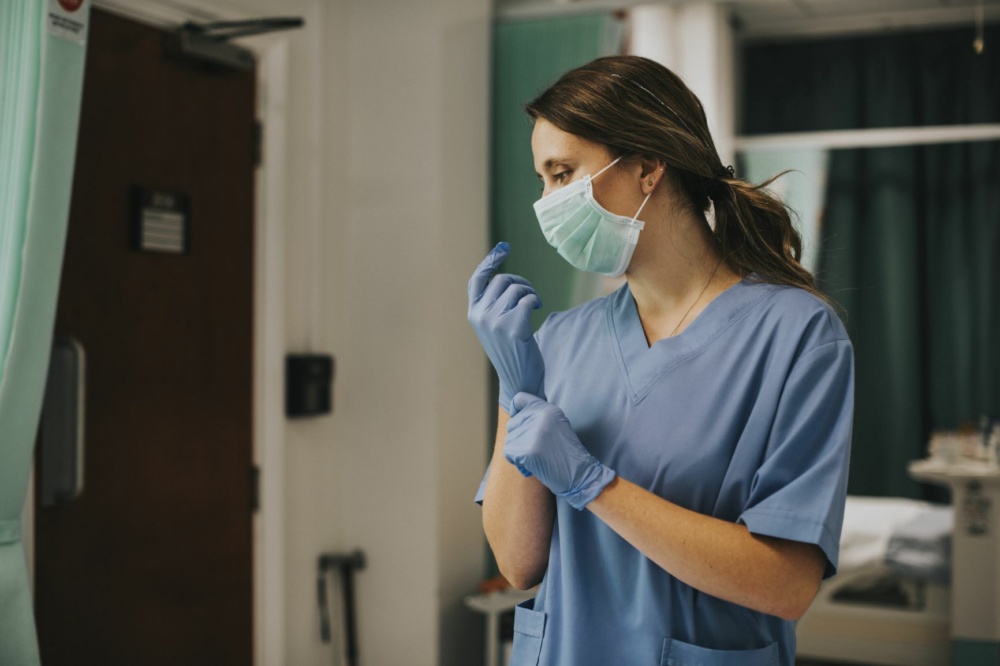What do you do when you have a chronic disease that has no known cure, and eventually, your doctor tells you there is nothing left to treat you with. Many Americans find themselves exactly in this position. You either put your affairs in order or you start looking for an alternative. Social media has been a lifeline for people with incurable diseases who have run out of medical options in the U.S. and are forced to turn to medical tourism. Since 2007, sites like Stem Cell Pioneers have provided patients a place to share information on treatment results and reliable clinics, as well as warnings about questionable operations.
In 2012, the FDA ruled that our own stem cells are considered a drug once they’re expanded in the lab to a therapeutic dose. This cut many of us off in the middle of treatment in Houston, Texas. To better understand why and when the FDA took control over the cells in your body, visit Patients For Stem Cells (PFSC) at www.patientsforstemcells.org or watch this short video they created.
Patients For Stem Cells came together as a spontaneous collective effort by patients who saw this FDA ruling of cells equating to drugs as a regulatory overreach. Once our own lives were saved or improved, we could not in good conscience resume daily living knowing our friends were still suffering with diseases that could benefit from cellular therapy. Our first blog posts challenged the reporters that repeated the story that all stem cell therapy is “snake oil.” We showed the media that the experts they relied upon had conflicts of interest in cellular therapies, for which they held patents, and hoped for royalty incomes from embryonic or induced pluripotent stem cells (iPSC). Your own adult stem cells cannot be patented or sold commercially. By speaking up, we were contacted by reporters of Business Week, NPR and other publications.
Outside the U.S., particularly in Asia, the use of high dose adult mesenchymal stem cells (MSCs) is in full swing for treating all kinds of degenerative diseases that have no other therapy options. Countries like Japan, Israel, Jordan, Mexico, Germany, Russia and Canada are leading the way in adult stem cell treatments, while the U.S. lags behind with its glacially slow regulation process. This approach has already been found to be safe in published trials and over 2,000 human subjects.
“No treatment has shown reversal of established disability until now” -Dr. Saud A. Sadiq, M.D., FAAN
An important thing to understand is the difference between a same-day cell procedure and an expanded cell procedure. Many patients with orthopedic conditions can be treated with same-day cellular therapies. A bone marrow aspirate is often extracted from the patient. This differs from a bone marrow extraction, usually associated with pain. The cells are then processed in a lab and re-introduced back into the patient’s body that day in the area in need of repair. Other chronic illnesses, like multiple sclerosis, rheumatoid arthritis, cardiac disease and Parkinson’s, can be treated with expanded cells. Many of us at PFSC have been treated with expanded cells. These cells are also processed in a lab, but unlike same-day cell procedures, their numbers are increased by the hundreds of millions and then re-introduced into the patient at a later date through injection or IV. It can take several weeks or months to grow the cells to the therapeutic dose needed.
Tracy Thompson, one of our PFSC founding members, was an early pioneer of receiving stem cell therapy in another country. Tracy was at the point in her MS diagnosis where all FDA approved drugs had failed her. She found herself left as a “no option patient.” Not wanting to accept the status quo, she began researching adult stem cell therapy. Tracy, as many patients do, put a lot of time and effort into research to make an informed and intelligent decision about the cell therapy she was going to receive. She talked to her doctors and connected with other patients who had already undergone cell therapy. In 2008, she flew down to Costa Rica to receive her first stem cell treatment, from which she received many quality of life improvements. Upon returning home, her local neurologist refused to treat her any longer. She was told she was a “rogue patient” and kicked out of the practice. She offered to sign any legal waiver to credit or discredit the treatment she received and have it be used as a research tool for future patients. At the time, she was in her early 30s with two small children. This experience opened her eyes for the incredible need to help no-option, chronically ill patients have alternative options and a voice.
“A united front from interested parties is the only way this is ever going to happen”
As a patient with a chronic disease, it’s not unusual to think about becoming a medical tourist seeking adult stem cell treatment in another country. Here is an excerpt from an article published in Dr. Camillo Ricordi’s CellR4 medical journal, “When No Option Is An Unacceptable Option,” written by PFSC member Jennifer Ziegler:
“I keep asking myself, why are so many MS patients seeking overseas, alternative treatments? MS patients in particular seem to be at the top of the list of “disease communities” seeking treatment abroad. There has to be more to this than meets the eye. The claims the drug companies, the FDA, and many scientists are making are in direct opposition to what MS patients are actually experiencing. I hope to dispel the idea that the majority of MS patients are being marketed to by foreign stem cell clinics. In reality, patients share their successes and failures in regard to adult stem cell treatments and clinics online. We then make informed decisions on becoming medical tourists. The successes we are seeing and hearing from other patients far exceed those derived from any FDA approved treatment available to us in the United States to date. You could then form a hypothesis about other “disease communities,” like ALS, Alzheimer’s, Parkinson’s, COPD, etc., seeking overseas treatment for exactly the same reasons. There is a giant breakdown in our current regulatory system, and the huge popularity of medical tourism is a direct reflection of this gaping black hole in domestic treatment options.”
There are big problems for many patients in becoming a medical tourist. First, many patients are too sick to travel, and second, it’s very expensive. That’s why PFSC is committed to helping patients seek safe and effective cellular therapy covered by insurance, right here in our own country. There are university clinical trials going on right now. If a phase one clinical trial proves to be safe and effective, then we feel access should be granted to patients who’ve exhausted all other FDA approved options. One of the success stories we recently heard about is a clinical trial for MS, reported on by MS patient Marc Steckler, also known as Wheelchair Kamikaze online. In this exclusive interview Dr. Sadiq tells Marc the Tisch MS Research Center has raised $3 million dollars and received approval for the next phase II trial of adult stem cells for secondary and primary progressive multiple sclerosis. “No treatment has shown reversal of established disability until now,” Dr. Sadiq said of the initial trial, adding the next phases will determine how much repair can be achieved.
We at Patients For Stem Cells have taken it upon ourselves to draw attention to as many positive adult stem cell patient stories as we can. This helps educate the public that the cells coming from your own body have the capability to heal. Same-day cell procedures in this country are in jeopardy of being shut down. Another patient success story is from collegiate volleyball player Brittany Wolf who underwent seven knee surgeries and a series of infections before she undergoing stem cell therapy to save the function of her knee.
SammyJo Wilkinson is a stellar example of a chronically ill patient who at 47-years-old was looking at nursing homes because her disease progression had gotten to the point where her husband Doug was no longer able to care for her in their home. Can you imagine a nursing home at 47-years-old? We’re happy to say SammyJo has had many quality of life improvements by being treated with her own cells.
Our mission at PFSC is to create awareness about the violation of our basic human rights to access our own stem cells for potential life-saving therapies. If you are a doctor or a patient interested in joining forces with us contact PFSC. A united front from interested parties is the only way this is ever going to happen.
For more information visit www.patientsforstemcells.org. You can also find Patients For Stem Cells on Facebook and Twitter.







Recent Comments